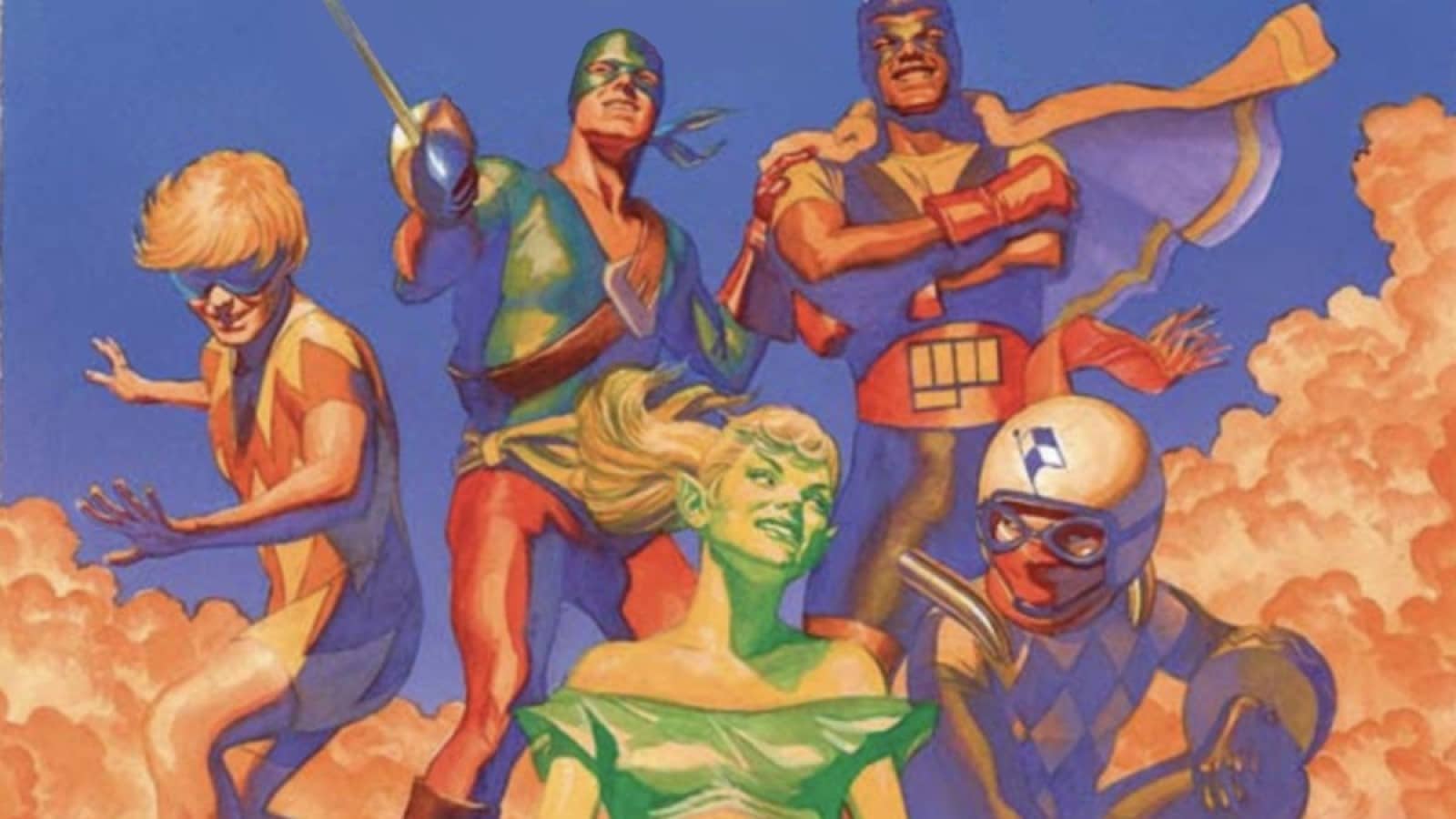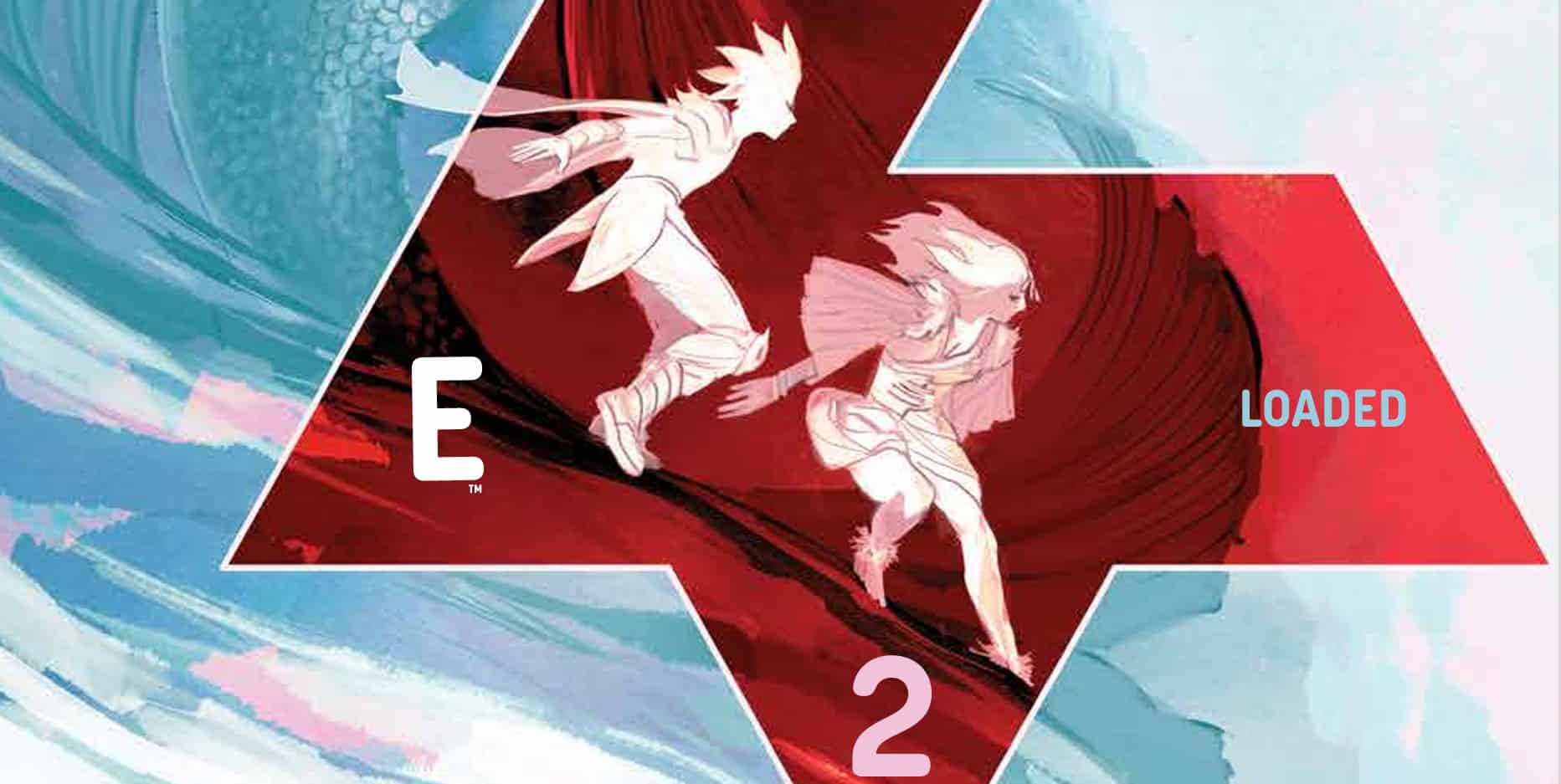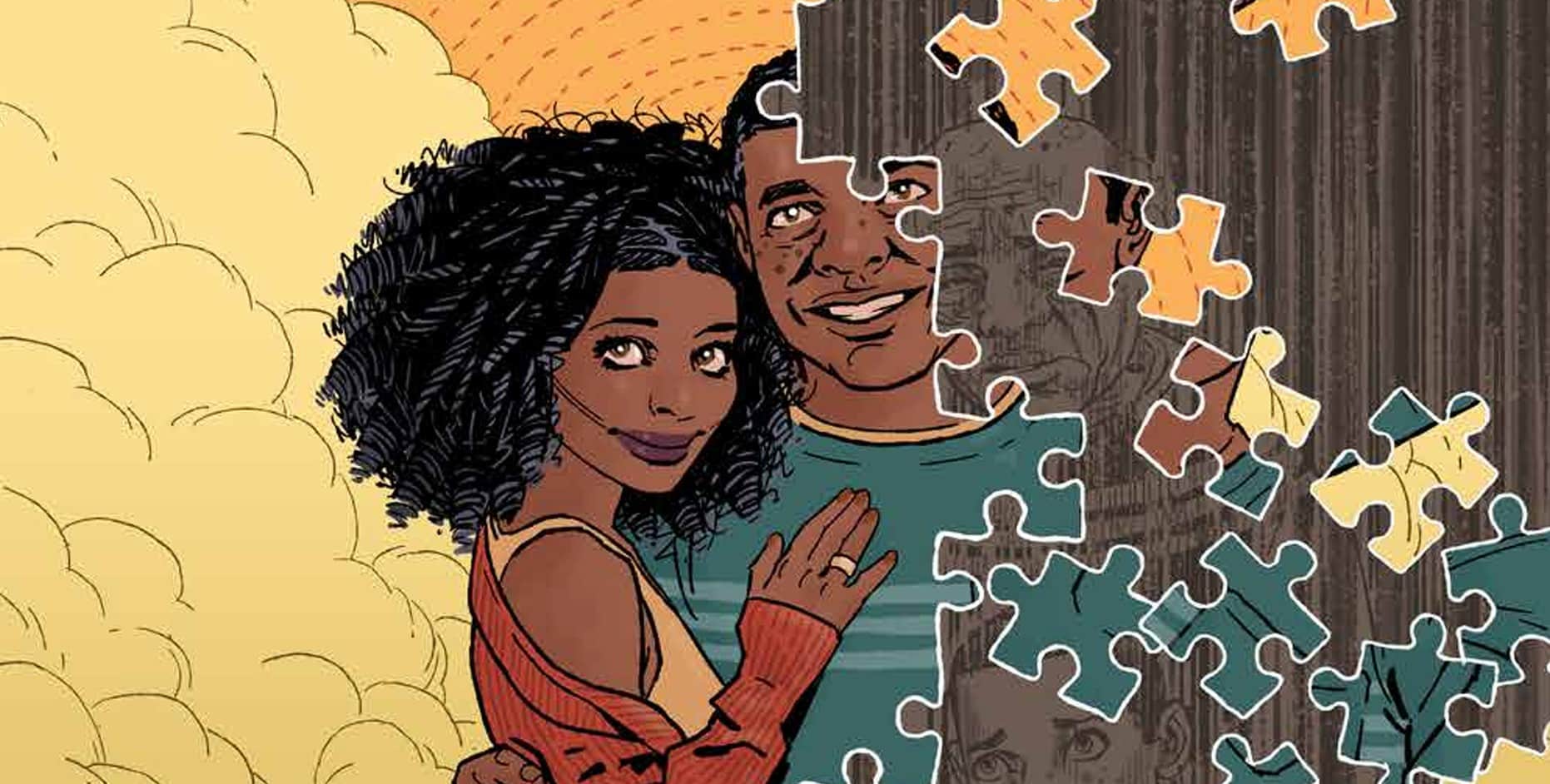What do superheroes do between fight scenes? What about the normies who live among them? Astro City, the long-running indie comic that answers those questions in every issue, is back, baby, back, with all the nostalgia and big feelings we missed when it went away. Astro City: That Was Then #1 is written by Kurt Busiek, drawn by Brent Eric Anderson, colored by Alex Sinclair and lettered by Comicraft’s Tyler Smith and Jimmy Betancourt.
Campfire Tales
I missed this place so much. Astro City began in 1995 as Kurt Busiek’s attempt to fashion for a whole creator-owned universe what he gave Earth-616 in his miniseries Marvels: quiet, offbeat, feelings-first, never-grimdark dramas showcasing heroes, sidekicks, villains and civilians whose fights take place offstage. The last issue (before this one) of an Astro City comic appeared in 2018: Busiek and co-creator Brent Anderson (Yes, the same guy who did God Loves, Man Kills) promised a series of standalone graphic novels continuing the adventures — and resolving some long-term mysteries — of the city and the planet they built.
Four years, several business dealings and one pandemic later, here we are, and if you’re new to Astro City you can come on board here. If you’re a longtime visitor, you know what to expect: melancholy meditations on the legacy of the Silver Age, when heroes were heroes, villains were villains and so many soap-opera dealings happened off-page; young heroes grown old, or turned into ghosts, or contemplating retirement (For a while it felt like every issue of Astro City had something to do with retirement); clever attention to the geography of an America that includes Astro City (like DC’s Metropolis) and plenty of IRL states, cities and towns; and superbly detailed, carefully shaded pencils and inks by Andersen, whose retro style fits well with Alex Sinclair’s decidedly modern, versatile colors.
“Yes, Stephanie,” I can hear you ask, “but what happens? Are any Astro City regulars, like Samaritan or Winged Victory, in this story? Are any long-standing mysteries resolved? Are these cast members new?”
Yes, the cast members are, most of them, new. No, we don’t get answers — though Busiek’s enthused prose afterword promises some, along with many more issues of the comic from Image (assuming this one sells). We do see Samaritan, but only near the end, on a cornice, brooding.

Teenage Kicks
And that means that Busiek and Anderson are introducing a whole new cast you can love: super-teens from 1969, a year when fictional heroes, like real-life adults and teens, quarreled over politics, and violence, and how far to go in reforming or overturning an unfair, broken, racist system. A Kansas-based super-teen team called the Jayhawks chose to confront a Klan surrogate called the White Knights, almost all of them got killed by the demonic dude who worked as the White Knights’ master. Other teen heroes mourned; grown-up politicians, of course, considered “outlawing teen heroes. … That was the last thing the Jayhawks would have wanted. … But what did they want?”
Most of Astro City: That Was Then shows surviving teen heroes mulling that problem, discussing their screwed-up world, and comforting or supporting one another, over hot dogs and marshmallows, around a campfire, in what looks like New Mexico. Of course it feels like the first session of a Masks game, and like any number of Marvel stories where mutants mourn a fallen hero. There’s even a visual throwback, right on the splash page, to the mesa in Uncanny X-Men #129, while Tyler Smith and Jimmy Betancourt’s elegantly compressed lettering is a dead ringer for Tom Orzechowski’s. And if you’re a Teen Titans completionist, I will bet you two pairs of Starfire earrings that you’ll find equally rich Titans references somewhere between the weiner roasts and the drive home. (A lot of these kids — unlike most of the X-Men; very much like the Titans and the Young Avengers — began as adult heroes’ sidekicks: Growing up means figuring out whether they want to keep that tie to the older teams’ world.)
Ghost Buster
Our kids will be 18 soon, and they’ve taken a roadtrip to reconsider their heroing: Do they retire from the life, or set new goals, or form new super-teams? Rivets, the Robot Kid might upgrade his robot body to become an adult hero, or dive into hard science. Rally, the Indy 500-themed survivor of the Jayhawks catastrophe, might “start a new team. Find more Jayhawks. But that would mean more kids. … Maybe we shouldn’t ask anyone to take that risk.” Marching-band-themed Bugleboy would rename himself Clarion and carry on, but his marching-band-themed girlfriend Majorette “was thinking … college … law school … I wasn’t thinking we’d break up, but” it looks like they will.
In other words: All the action’s in the flashbacks, and the present tense is talking, and — as usual — the art team makes it work. Body language, colored backgrounds, indoor drama leading into the wide-open skies of the American Southwest, closeups and talking heads: There’s no dramatic visual innovation here (Astro City’s not supposed to innovate that way), just superb execution frame after frame. There’s more for the eye in this new Astro City — more color, more angles, more faces, more body language and more cool hero costumes — than in all but my very favorite Marvel or DC monthlies, and there’s even (spoiler alert) a twist at the end that takes advantage both of comics’ lovely, screwed-up timelines and of comics properties as (wait for it) a visual medium. Those Jayhawks who died fighting racism? They’re only mostly dead: colored and inked in ways that set them apart from the living, they’re around, right now, in 21st century Astro City, right next to the overworked Kal-El stand-in Samaritan (who can’t see them). “We need a plan. We need a new way,” Samaritan muses. And the Jayhawks overhear.
Can these ghosts of superheroes from an optimistic past “do something to help” Astro City today? Can superhero stories, in general, do anything to help us out, here, in the real world? Can nostalgia become a force for political good? Will the dead Jayhawks — Kid Corsair (“sidekick of Captain Crimson, in Baltimore”), Buster (“junior partner to Prizefighter”), Teen Genie and Beachboy — develop individual personalities as we follow Busiek and company through this first arc of a great series that has itself come back from the dead? I sure hope so. Let’s stick around and find out.
Stephanie Burt is Professor of English at Harvard. Her podcast about superhero role playing games is Team-Up Moves, with Fiona Hopkins; her latest book of poems is We Are Mermaids. Her nose still hurts from that thing with the gate.





